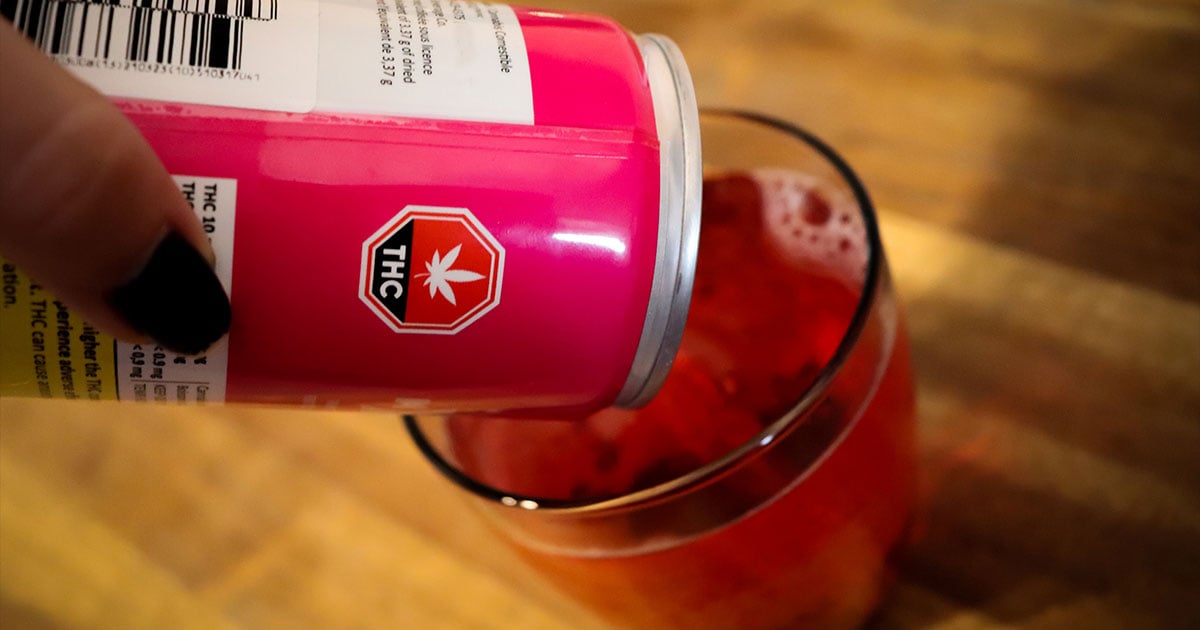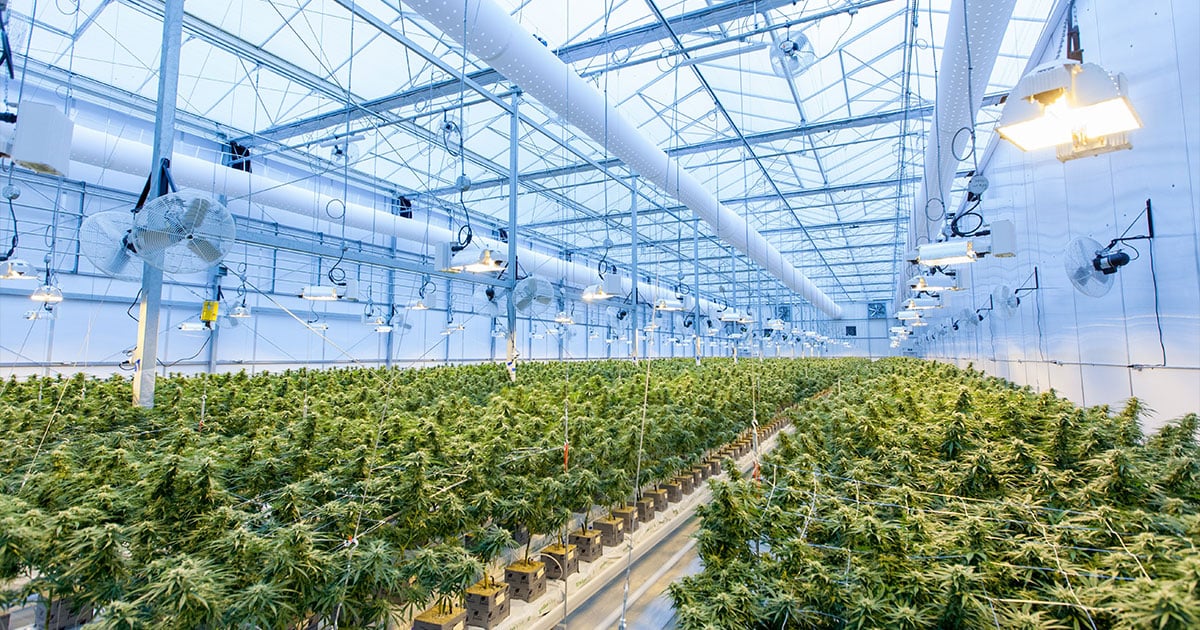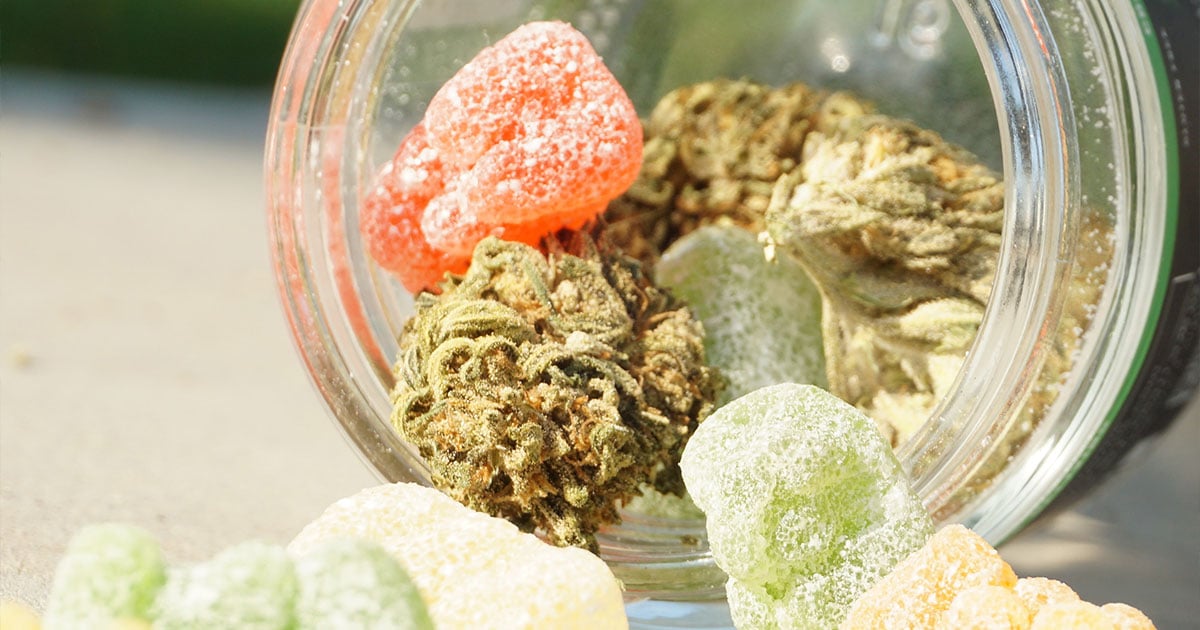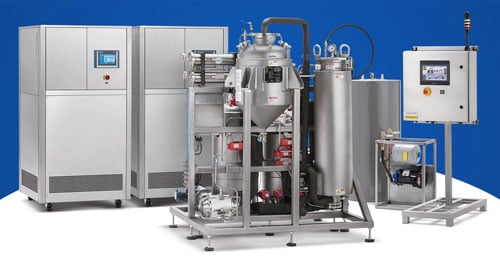
For solvent-based extraction, BHO and Ethanol have emerged as the best methods to process most all types of cannabis biomass, from high-quality single-strain nugs to trim.
For most producers of cannabis extracts, one method of extraction is no longer enough to succeed in a competitive marketplace. At Luna Technologies, we firmly believe in what we call The Lab of the Future: the pairing of both butane hash-oil (BHO), otherwise known as hydrocarbon, and Ethanol, which provides complimentary products, mitigates the risk of market fluctuations, and—perhaps most importantly—allows producers to make the most of high-end and lower-end biomass, depending on what’s currently available and cost-effective.

Unfortunately, many processors still don’t understand the interplay between extraction methods and the quality and characteristics of the plant. Certain solvents might waste the top-shelf attributes of high-quality flower, just as low-quality biomass can degrade the end product of a carefully executed extraction. By choosing the wrong extraction method that may waste the cannabinoid and terpene profiles of the biomass, one risks inefficiency and lower profit margins.
In the Lab of the Future, there’s a place for both the full-spectrum extractions offered by BHO and the higher-yielding ethanol process. By understanding each method’s strengths and weaknesses, and emphasizing the selection, storage, and handling of biomass, producers can maximize value for both their business and their customers.
CHOOSING YOUR EXTRACTION METHOD
Ethanol is ideal for low-grade biomass and trim because it pro- duces the highest volume at the lowest operating cost. The biggest downside is that it strips away many minor cannabinoids and terpenes, which makes for a slightly less potent and flavourful product. However, ethanol extractions allow producers to get more from less starting material and at scale. In these big batches, strain specifics are less crucial, and even aged or improperly stored biomass has value. Ethanol has a high throughput and can run more daily weight than other extraction methods when producing a commodity product like distillate.
In contrast, BHO is ideal for high-quality and strain-specific starting materials. It allows for a full-spectrum experience that amplifies the effects of the final products because the terpenes and cannabinoids are both preserved, which produces what’s known as “the entourage effect.” While BHO is typically lower throughput than ethanol extraction, it can make up for it with higher margins on the finished product via live-resin vape cartridges or dabbables.

While ethanol can handle more weight per day, BHO can produce a range of concentrates at various consistencies. And similar to ethanol, it also allows for extra filtration of impurities and can remediate the extract’s color to satisfy consumer preferences.
Compared to other methods—such as solventless extraction or CO2—BHO and ethanol come with consistent quality, cost benefits, and typically high ROI. Solventless extraction is extremely challenging to scale commercially due to its labor-intensive production and the fact that only the top 10 percent of all biomass is suitable for use (anything less leaves behind too many fats, waxes and impurities). CO2, likewise, has an exceptionally low throughput and much higher capital costs. They also tend to be less potent and flavourful, even made from high-quality flowers.
CHOOSING YOUR BIOMASS

Not all biomass is created equal, and producers have various options to choose from. Each has its advantages and disadvantages, and understanding them is critical to a successful business.
Biomass Subtypes
Biomass typically comes in three forms: Nugs, Full Plant and Trim. Nugs are comparable to the trimmed buds sold for smokable flower. It has the highest density of cannabinoids and terpenes and thus translates to the richest and highest-quality extracts. Of course, it’s also the most expensive. Full Plant maximizes the full-yield potential of hemp or cannabis (though it’s essential to remove as much non-viable plant matter—such as water leaves—as possible, as it can negatively affect the extract’s quality). It requires less labor before processing, thus coming at a lower price point. Trim is what’s leftover when buds are cleaned up for sale as flower, but the remaining biomass still contains a significant amount of trichomes, which are rich in cannabinoids and terpenes. When properly handled, it can create quality extracts at a low price.
Fresh Frozen Versus Cured
Fresh Frozen biomass is immediately frozen and stored after harvest to preserve trichomes, which in turn pre- serve cannabinoids and terpenes; it typically has 30-40 percent more terpenes than cured biomass and is generally considered the freshest and highest quality. It’s cost-efficient and easier for cultivators to produce because it requires less time to harvest and space for drying and curing. Cured biomass is dried and stored, ideally by hanging the plants in a climate-controlled environment for up to thirty days. While the drying process can diminish the levels of terpenes, the final product has 80 percent less water weight than fresh frozen, allowing producers to process more weight at faster speeds.
Post-Harvest Storage and Handling
How biomass is handled and stored—from the moment it’s harvested to the second it’s ready for processing— can make all the difference. Properly maintaining biomass translates to higher yields, less time spent purifying in post-processing, and a more desirable product. Exposure to atmospheric conditions, such as light, oxygen, and heat, can put cannabinoids and terpenes at risk. Some cultivators, for example, are hyper-focused on preserving flowers but don’t think twice about properly storing and preserving trim. This is why it’s crucial to understand a cultivator’s practices clearly.
Strains
Market trends indicate that consumers are more likely to buy strain-specific products versus blends. Educated consumers typically want to pinpoint more specific effects than are indicated by “Indica,” “Sativa,” or “Hybrid.” However, it’s crucial that producers are sourcing biomass with their extraction method in mind. In ethanol extraction, the strain is less relevant, as the end product won’t reflect the particular terpene and cannabinoid profiles (though highly-resinous strains are always more valuable, as they tend to have higher THC content). In comparison, the quality nugs and full-plant biomass should be reserved for BHO extraction.
COMBINING SOLVENT-BASED EXTRACTIONS

A lab with BHO and ethanol processing is the best-case scenario for any producer. Having the option of ethanol for lower-tier biomass and BHO for top-shelf biomass will increase profit margins and provide the ability to create quality products at all price points. It also creates flexibility when it comes to sourcing biomass.
Furthermore, a lab with both BHO and ethanol capabilities means leftover terpenes from the former can restore the latter's quality—one can combine ethanol’s yields and throughput with BHO’s flavoring and entourage effect. Many ethanol extractors purchase leftover terpenes from BHO extracts to improve their concentrates, so using the two systems together creates a tremendous competitive advantage.
THE LAB OF THE FUTURE IS AUTOMATED
Equipment decisions are vitally important. Producers should focus on procuring automated extraction systems that can produce a range of products with consistency and repeatability. While such systems are typically more expensive up front, they’re safer and faster than human-operated equipment and can increase margins by lowering overhead and enabling production 24 hours a day, seven days a week. Using non-automated extraction equipment runs the risk of inconsistent production, operator error, accidents, and injuries in the workplace. Automated equipment boosts quality, consistency, and employee productivity while also future-proofing the business from more onerous compliance and regulatory scrutiny.
As the cannabis market continues to mature, operating a business as efficiently as possible could mean the difference between competing and closing one’s doors. Combining ethanol and BHO in a single lab provides opportunities for creativity, shifting pro- duction demands, and the ability to offer high-quality products at low prices without sacrificing margins.


